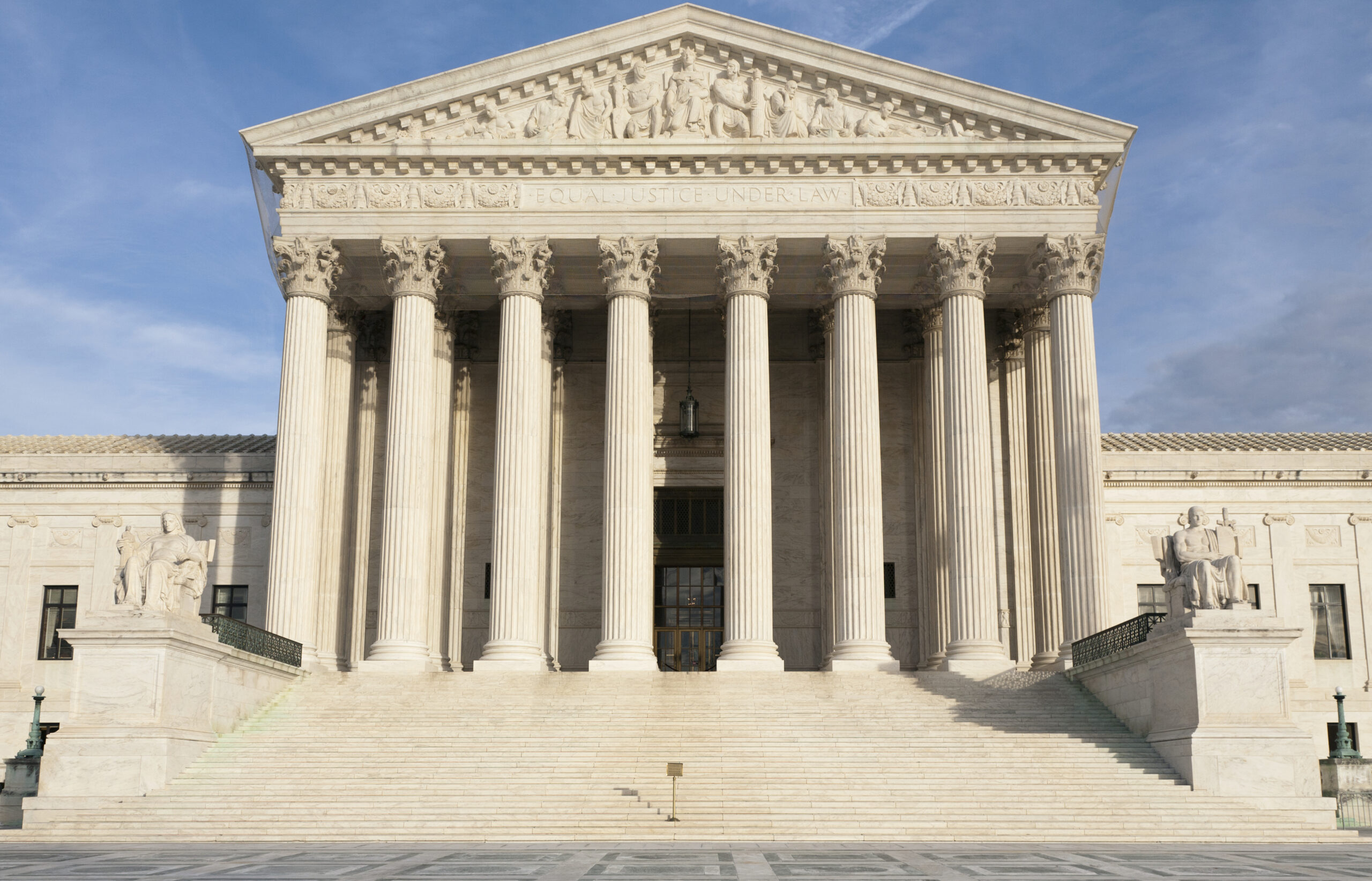
Case
Equal Protection Project supports women’s equal protection rights in sports at U.S. Supreme Court
Case Particulars
Tribunal
U.S. Supreme Court
Date Filed
September 19, 2025
Docket No.
24-38
Case Status
Amicus brief filed supporting Petitioner
Case Overview
On September 19, 2025, the Equal Protection Project (EPP), filed filed an amicus curiae, or “friend-of-the-court,” brief in the United States Supreme Court in Little v. Hecox.
The dispute in this case is about who qualifies as a female for purposes of participating in school sports. The lower courts concluded that Idaho violated Hecox’s right to equal protection by basing its determination about who qualifies as “woman or girl” on objective biological facts, rather than a definition of female based on a person’s psychological feeling and “sense of self,” regardless of biology.
But equal protection jurisprudence has always recognized that classifications must be determinable and anchored in reality rather than fluid and opaque. In other words, differential treatment must be based on meaningful differences. Thus, in the past whenever the Court examined whether a law distinguishes between “men” and “women,” it presupposes that these are objective, knowable categories.
No one in 1866 when the 14th Amendment was enacted spoke of a person’s sex being “assigned at birth,” as if it were a matter about which there could be some doubt. No one imagined that properly classifying a person as a woman or a girl turned on her level of circulating testosterone, particularly given that the hormone testosterone was not identified and isolated until the 1930s. No one spoke of men “transitioning” to become women, and then perhaps “transitioning” back to become men again, as if one’s sex were merely a social or cultural costume.
Nor did anyone use the term “gender” to describe “a person’s sense of being male, female, neither, or some combination of both.” Instead, “gender” was simply another term for a person’s biological sex, either male or female, but in either case fixed and permanent.
EPP’s brief offers the Court three additional reasons it should protect the First Amendment rights of anonymous donors to those offered by the Petitioner:
First, in deciding who constitutes a woman for purposes of school athletics, the Ninth Circuit relied on a disputed and controversial transgender ideology based on recent academic notions of human sexuality.
Second, the lower courts erred in disregarding the host of philosophical, political, cultural, and theological issues bearing on the nature of a human person as it is expressed in a person’s sex, and none of which is open to resolution by judicial fiat.
Last, if the lower court’s ruling allowing subjective feelings to trump biological realities is accepted by the Court, it will have far-reaching implications for other areas of law, all of which will harm women.
The Court should protect women’s right to equal protection.


